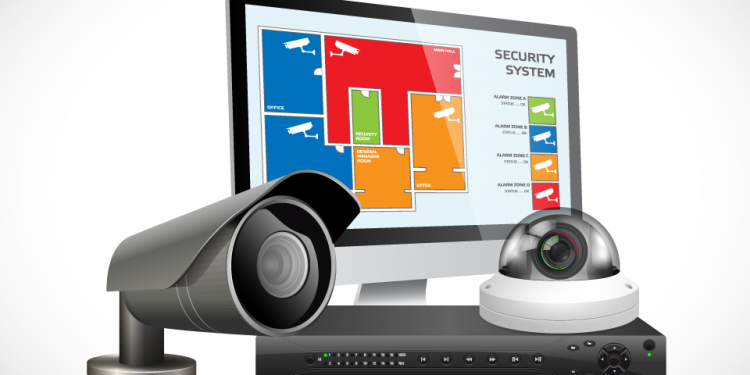You have a broad range of options available to you today for home and commercial security. But understanding what type of system will best serve your needs partly comes down to knowing more about the difference between video surveillance and monitoring. There are differences between these two security purposes. Let’s explore these below.
What is video surveillance?
Video surveillance serves the purpose of watching one individual, a group of people or an object. The object being watched maybe a home, commercial entity or property, for example. Surveillance can prevent crimes from being committed and also serves to keep intruders from invading or entering a particular area.
Surveillance security systems typically involve a network of cameras for real-time video capture. This footage is sent to a video monitor or other screen for immediate viewing and can also be recorded for storage or later review.
Surveillance systems provide peace of mind and can both deter crime and provide information for criminal capture. These camera systems provide constant observation of the property and give you access to recorded footage. But you must be directly in front of the live feed monitors to capture events as they happen. Otherwise, the footage goes into video storage. A great deal of time may pass before you are able to review the footage, even after a crime has been committed. Then, you must go through extensive footage to find the right window of time and events.
If you employ security guards on your property, a surveillance system is likely best suited to your needs. But even with human guards watching the monitors around-the-clock, it can be easy for anyone to overlook suspicious activity. This is particularly true when there are multiple cameras and monitors under one person’s supervision.
What is a security monitoring system?
Video monitoring systems often called security systems, go one step farther than video surveillance. These systems provide an added layer of monitoring, security notifications, and police liaising, depending on the options you choose. A security monitoring system also uses cameras placed throughout your property.
The two most widely used security monitoring systems include:
Video Monitoring
Video monitoring systems are the most widely used type of security. For these systems, a monitoring agent at a central security system receives alerts when your system detects an intrusion or other disruption at your property. This agent alerts you, usually by smartphone messaging or call. At the same time, they contact local authorities.
Self-Monitoring Systems
Self-monitoring systems provide alerts to your smartphone or another device, instead of through a monitoring agent. This makes you responsible for contacting authorities, too. Although this step-down system can work for many people with low risk, you can accidentally miss an alert.
Choosing the Right Security System for Your Needs
Working with an experienced security system professional can help you understand which type of system will work best for your individual needs. Many people find surveillance cameras appropriate to prevent, detect, and record suspicious activity. But these systems require an individual to monitor them around-the-clock, to prevent oversight of potential problems and provide immediate action. But these systems require an individual to monitor them around-the-clock, to prevent oversight of potential problems like hacking your security cameras and provide immediate action. Otherwise, you face hours upon hours of footage review before finding out more about what happened.
Security systems and monitored video systems are more equipped to stop crimes before they happen. These agent-monitored systems also alert authorities while it is still possible to stop any criminal activity.
Of course, you can have a monitored video system with added surveillance. This enables you to experience the best of both types of video security and serves a broader range of needs, should a crime or other activity affect your property.
Follow Techdee for more informative articles.




